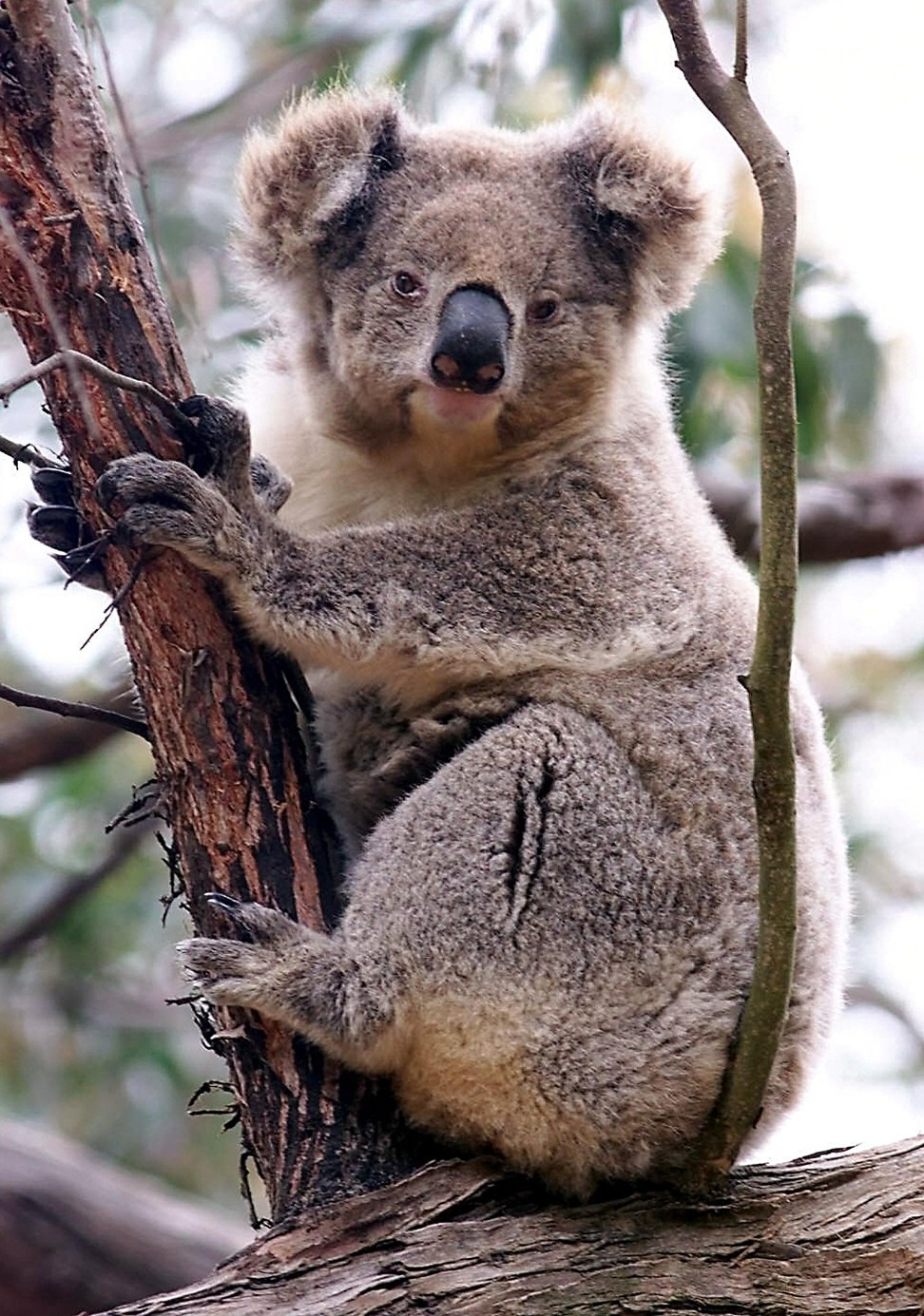
Tree clearing may have killed 180 koalas in Australia in just two years
Tree clearing may have killed as many as 180 koalas in southeast Queensland in the two years after the former state government relaxed vegetation protection laws, according to an analysis by the World Wildlife Fund.
Bulldoze their trees and you kiss the koalas goodbye – they’re forced to look for new homes and are then killed by cars or dogs
The environmental group says a crisis gripping koala populations has its root in a surge in tree clearing given the political green light in both Queensland and New South Wales.
The koala deaths in southeast Queensland, compounding a trend that has wiped out half the koala population statewide in the last two decades, came from the bulldozing of 44 sq km of bushland between mid-2013 and mid-2015, WWF scientist Martin Taylor argues.
The wave of deaths pushed the iconic animal further towards local extinctions in former strongholds, particularly to Brisbane’s north.
They were followed by an ongoing surge in fatal koala injuries from vehicles and dog attacks that has the RSPCA fearing for their long-term survival in the region.
In NSW, there are also fears of local koala populations being wiped out after total numbers fell by an estimated 26 per cent in the past two decades, according to a separate WWF report by University of Queensland academic Christine Adams-Hosking. The report declared tree clearing, also relaxed by the NSW state government in late 2016 , a major factor.

Martin, using koala density maps from a state government study, calculated that the equivalent of 4,400 rugby league fields destroyed in south east Queensland would have supported 179 koalas.
“Bulldoze their trees and you kiss the koalas goodbye – they’re forced to look for new homes and are then killed by cars or dogs,” Taylor said.
“The only solution is state government action to rein in excessive tree clearing.”
The Palaszczuk government, in a hung parliament, tried and failed to restore tree protections after losing the vote of former Labor MP-turned-independent, Billy Gordon.
It is likely to take its proposed reforms to the next election, due by January. WWF has called on the public to lobby key Queensland politicians to reduce tree clearing.
Only 2 per cent of the more than 2000 koalas treated in southeast Queensland wildlife hospitals for bone fractures over 13 years survived, almost all of them injured in vehicle collisions or dog attack.
RSPCA Queensland’s Wacol hospital treated a “staggering” 323 koalas in the year to 1 April, spokesman Michael Beatty said.

Beatty said their plight was “of course linked to habitat destruction”.
“There are also increasing concerns about where koalas can be safely re-released,” he said.
The Adams-Hosking report found steep, long-term declines that would see populations around the region extinct within a few koala generations (six to eight years).
On the “Koala Coast” to Brisbane’s south-east, the population had plummeted by about 80 per cent between 1996 and 2014.
In Pine Rivers to Brisbane’s north, it fell by about 55 per cent.
The destruction of forest across Queensland is forcing koalas into “increasingly fragmented pockets of habitat”, the WWF report finds.
Between 1995 and 2009, before the resurgence in clearing, koala numbers in southern inland Queensland plunged from an estimated 59,000 to 11,600, a reduction of 80%.
The report predicted koalas in Ballina in northern NSW were heading for extinction, with deaths outnumbering births. Numbers in the Pilliga Forests had sunk 80 per cent since the 1990s.
In the NSW town of Gunnedah, known as the “koala capital of the world”, a quarter of the population died during the 2009 heatwaves as they struggled to find water and tree shade.
In the NSW Port Macquarie-Hastings council area, at least 10 per cent of a population of 2,000 koalas are admitted to hospital every year.

